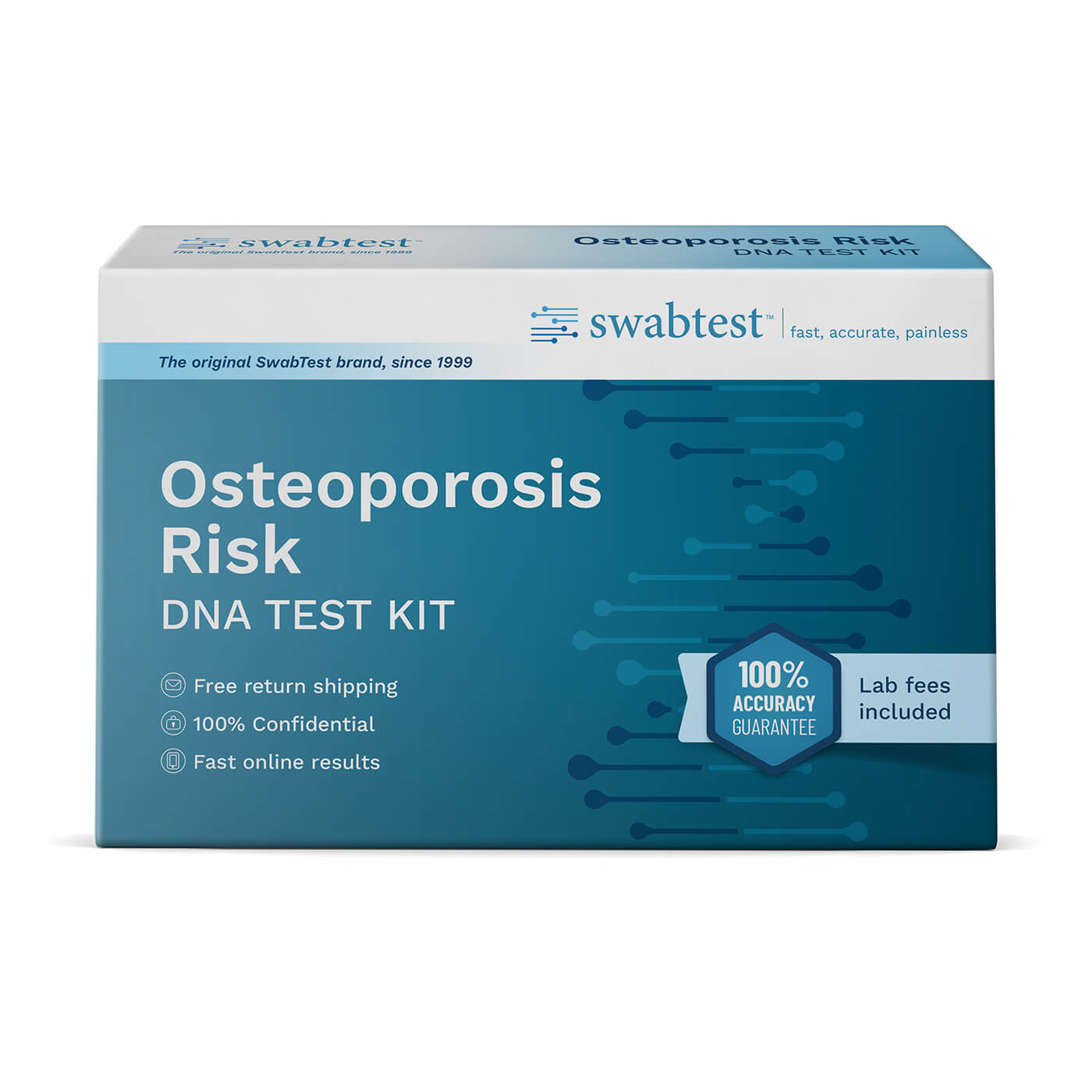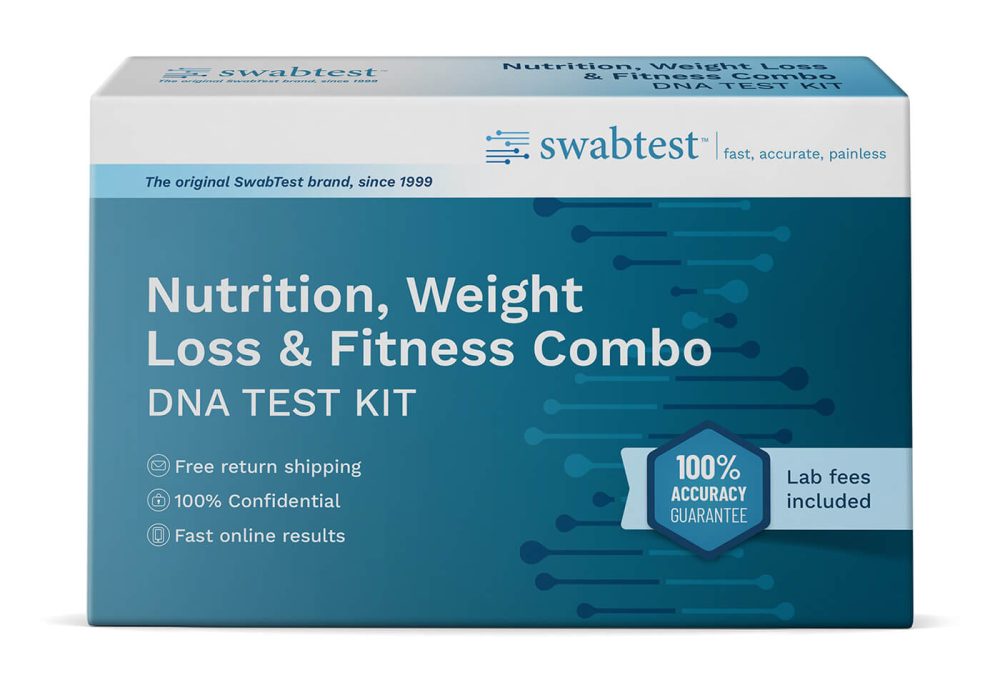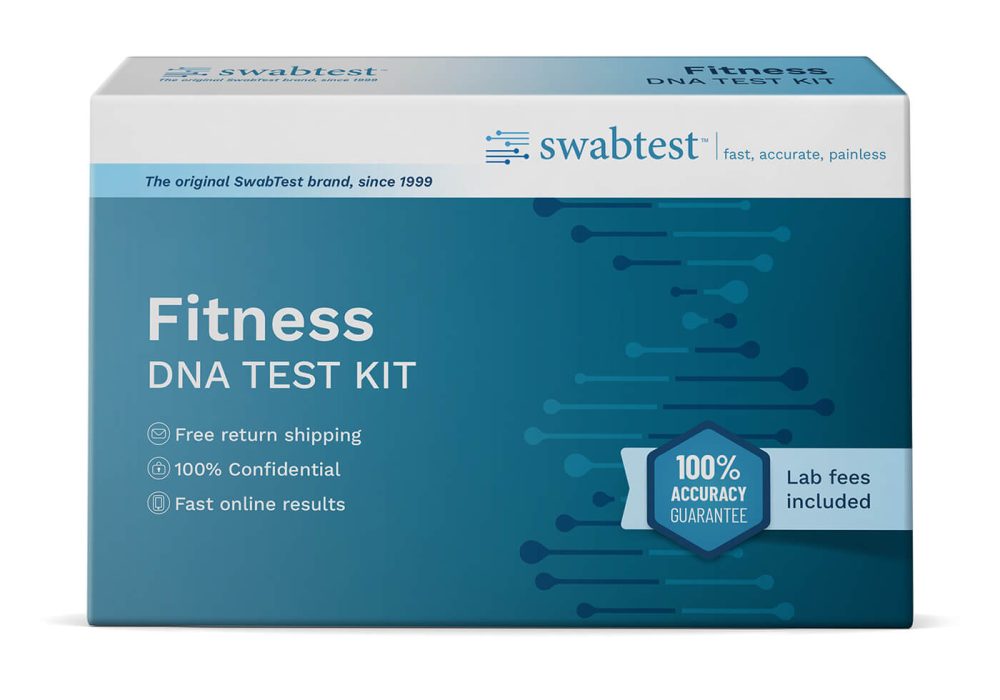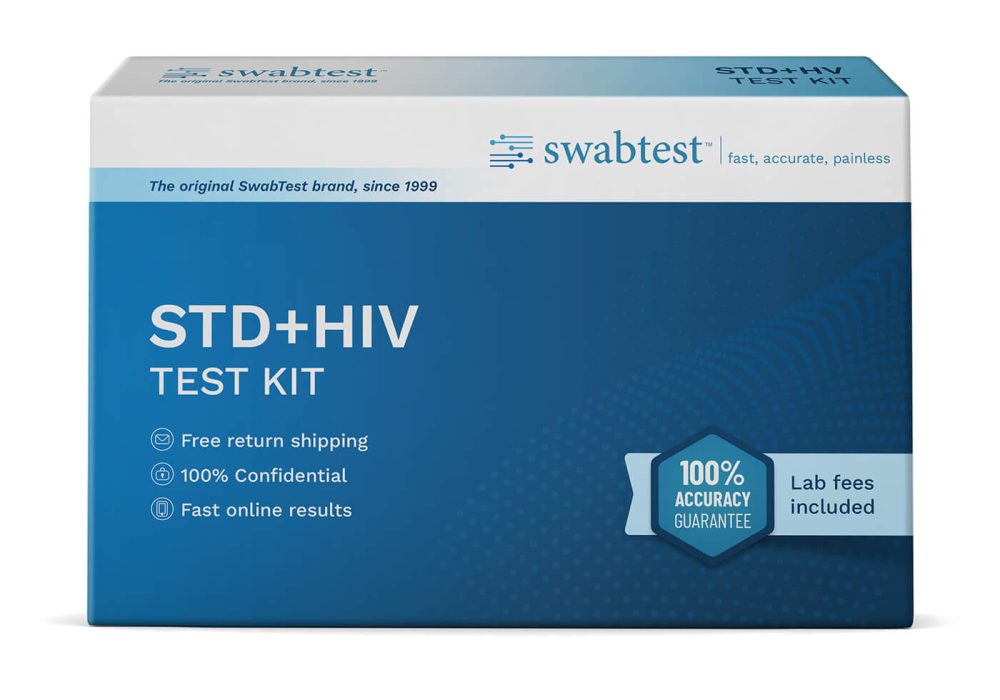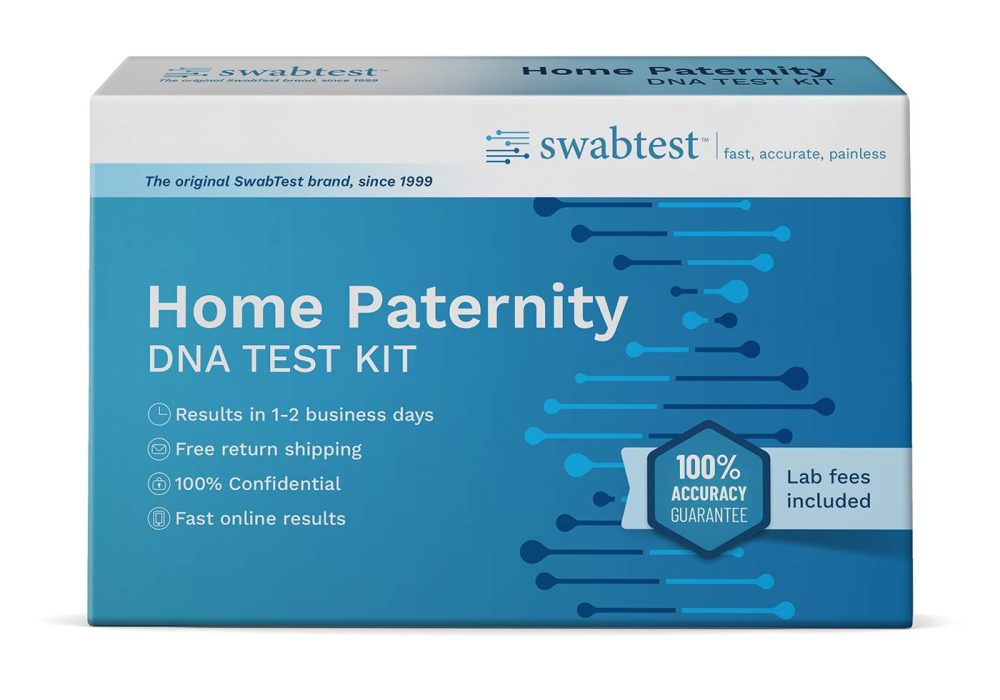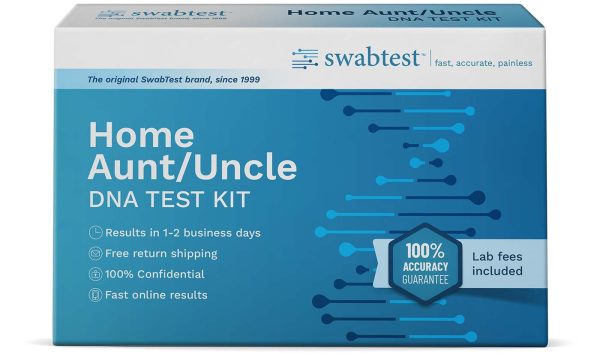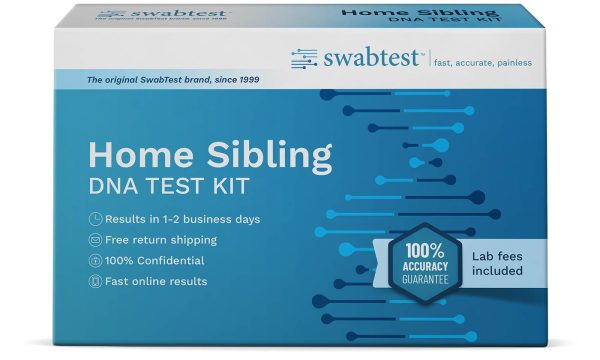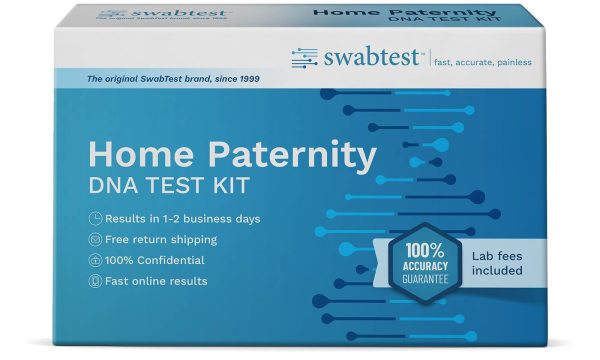Description
Osteoporosis is known as the “silent thief” because most individuals with this condition do not experience any symptoms as their bones become less dense, more porous, and prone to breaking. Many factors contribute to bone health like gender, diet, physical activity, and genetics.
Osteoarthritis is the most common form of arthritis that affects joints. Individuals with osteoarthritis experience joint swelling, pain and reduced joint motion as the protective cartilage within joints and bone tissue are broken down.
This DNA test detects genetic variants linked to bone and joint health linked to the risk of osteoporosis and osteoarthritis.
Why take this test?
Osteoporotic fractures affect at least 1 in 3 women and 1 in 5 men over their lifetime. Hip fractures caused by osteoporosis lead to more hospitalizations than stroke, diabetes, or heart attack. Also once treated less than half of the patients return home, the rest need further treatment, rehabilitation, or long-term care.
Osteoporosis is also preventable. A high calcium diet, increased vitamin D intake and physical activity can do wonders for maintaining strong bones. Preventative measures can be even more effective if the risk can be detected early on since the strength of our bones and calcium deposits are permanently established by the age of 20 in women and the age of 25 in men.
What is included?
Genetic variants can help identify the risk of osteoporosis and osteoarthritis early in life so preventative measures can be implemented to reduce this risk. The following variants are detected in this test:
- CYP2R1 – Increases the risk of vitamin D deficiency, leading to reduced absorption of calcium. Adequate calcium is essential for healthy bones.
- GC – Increases the risk of vitamin D deficiency and reduced absorption of calcium.
- WNT16 – Increases the risk of reduced bone formation.
- GDF5 – Affects the normal regulation of the maintenance, development and repair of bones, joints and cartilage.
- COL1A1 – Affects the formation of collagen (an essential strength and structural component of bones).
Decreasing Bone Mass with Age in Men and Women
Strong, healthy bones are important for providing structure, anchoring muscles and ligaments, protecting our internal organs and storing essential minerals.
From birth until the age of 30, new bone is produced more quickly than old bone is broken down, reaching a peak bone mass at approximately 30 years of age. Bone remodelling continues throughout adulthood, but bone mass slowly decreases, as the old bone removal is quicker than new bone production. Poor bone growth as a child, and greater than normal bone loss as an adult can both contribute towards an increased risk of osteoporosis.
Related Products
$149.00 Original price was: $149.00.$99.00Current price is: $99.00.
$180.00 Original price was: $180.00.$99.00Current price is: $99.00.
Related products
-
Health & Wellness
DNA Narcolepsy Risk Test
$195.00Detects the genetic variant linked to an imbalance in sleep-awake cycles
-
Shop All
DNA Aunt/Uncle Test
Find out the likelihood that you’re the true biological aunt or uncle.
$271.00Original price was: $271.00.$149.00Current price is: $149.00. This product has multiple variants. The options may be chosen on the product page -
Shop All
DNA Sibling Test
Determine the likelihood that individuals are half or full siblings.
$271.00Original price was: $271.00.$149.00Current price is: $149.00. This product has multiple variants. The options may be chosen on the product page -
Shop All
DNA Paternity Test
The definitive way to establish paternity for a father and child.
$180.00Original price was: $180.00.$99.00Current price is: $99.00. This product has multiple variants. The options may be chosen on the product page

